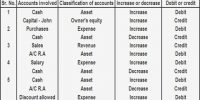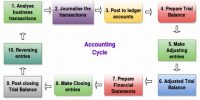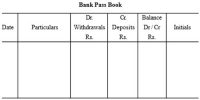Lower of cost or market (LCM) is an accounting rule for valuing inventory and, under certain conditions, securities holdings. Under the lower of cost or market rule, the reported value of inventory or eligible securities at the end of an accounting period is the lower of either cost or value in the market.
The lower-of-cost-or-market rule can become complex because accounting rules specify that market not exceed a ceiling amount known as “net realizable value” (NRV = selling price minus completion and disposal costs). The reason is that “replacement cost” for some items can be very high even though there is no market in which to sell the item (e.g., out of date cell phones still in the inventory of a phone store). Such items are unlikely to produce much net value when sold. Therefore, “market” for purposes of the lower of cost or market test should not exceed the net realizable value. Additionally, the Jules stipulate that “market” should not be less than a floor amount, which is the net realizable value less a normal profit margin. What arises then, is the following decision process:
Step 1: Determine market – Replacement cost, not to exceed the ceiling nor be less than the floor.
Step 2: Report inventory at the lower of its cost or market (as determined in step 1).
Despite the apparent focus on detail, it is noteworthy that the lower-of-cost-or-market adjustments can be made for each item in inventory, or for the aggregate of all the inventory. In the latter case, the good offsets the bad, and a write-down is only needed if the overall market is less than the overall cost. In any event, once a write-down is deemed necessary, the loss should be recognized in income and inventory should be reduced. Once reduced, the Inventory account becomes the new basis for valuation and reporting purposes going forward. U.S. GAAP does not permit a write-up of write-downs reported in a prior year, even if the value of the inventory has recovered.













